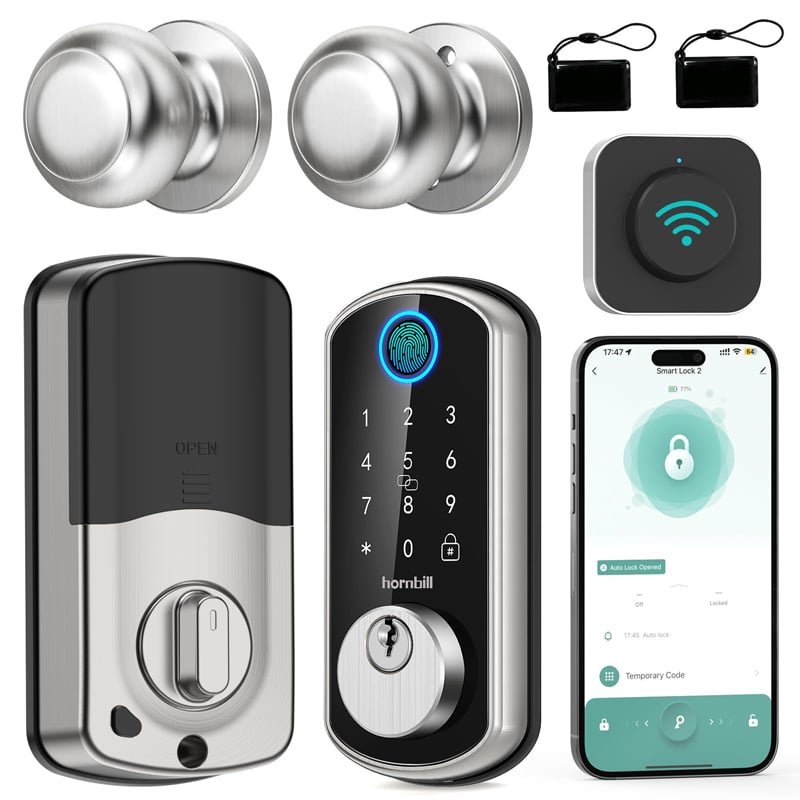Traditional keys have been securing our homes, cars, and offices for centuries. Even with the advent of sophisticated digital locking systems, many people continue to trust and utilize conventional keys for their understandable simplicity and reliable functionality. But how secure and reliable are they in reality? Can they effectively prevent lock picking, unauthorized key duplication, or brute force attacks?
Lock Picking:
Traditional internal door locks operate by properly aligning the circular pins or wafers within a lock allowing it to turn and unlock. Each key is cut specifically for its paired lock. Talented lock pickers can manually manipulate these pins or wafers to mimic the action of a genuine key. While this may seem alarming, rest assured, this requires a detailed understanding of the lock mechanics and specific lock picking tools. The average intruder would not possess these skills or equipment. High-security locks are available with added pick-resistance features such as complex pin arrangements and sidebars requiring unique keys.
Unauthorized Key Duplication:
Keys can be easily duplicated, raising valid concerns about unauthorized copies. However, solutions exist such as patent-protected key design, key control by registered locksmiths, and keys embossed with ‘do not duplicate’ (though enforcement of this is variable).
Physical Attacks:
Traditional key front door locks can be susceptible to brute force attacks like drilling, hammering, or sawing. Resistance to such attacks greatly depends on the quality of the lock and the materials used. High-quality locks are made from durable, drill-resistant materials and have complex internal pin setups which make them challenging to break.
Overall, while traditional keys and key card entry system can have vulnerabilities, they also possess advantages. They do not rely on power, they do not require any technical expertise to use, and are universally known and understood. Thus, it is fair to say that a well-made key and lock provide a reliable and effective form of security when used correctly.
In the end, no system offers 100% security. Security is about layers and balance. Traditional keys can be a part of a balanced security approach, perhaps supplemented with additional measures like alarm systems, secure door and window construction, and vigilance to lock up properly each time.
Therefore, while the age-old system of key entry door lock and locks has its limitations, it remains a valuable element of security which has stood the test of time. Coupled with modern security practices, it ensures safety while providing convenient access to our homes, offices, and more.
Disclaimer: This article outlines potential cybersecurity risks associated with smart locks but does not imply all smart locks possess these issues. Efficacy of protection measures varies from model to model. Always conduct thorough research before investing in one.










